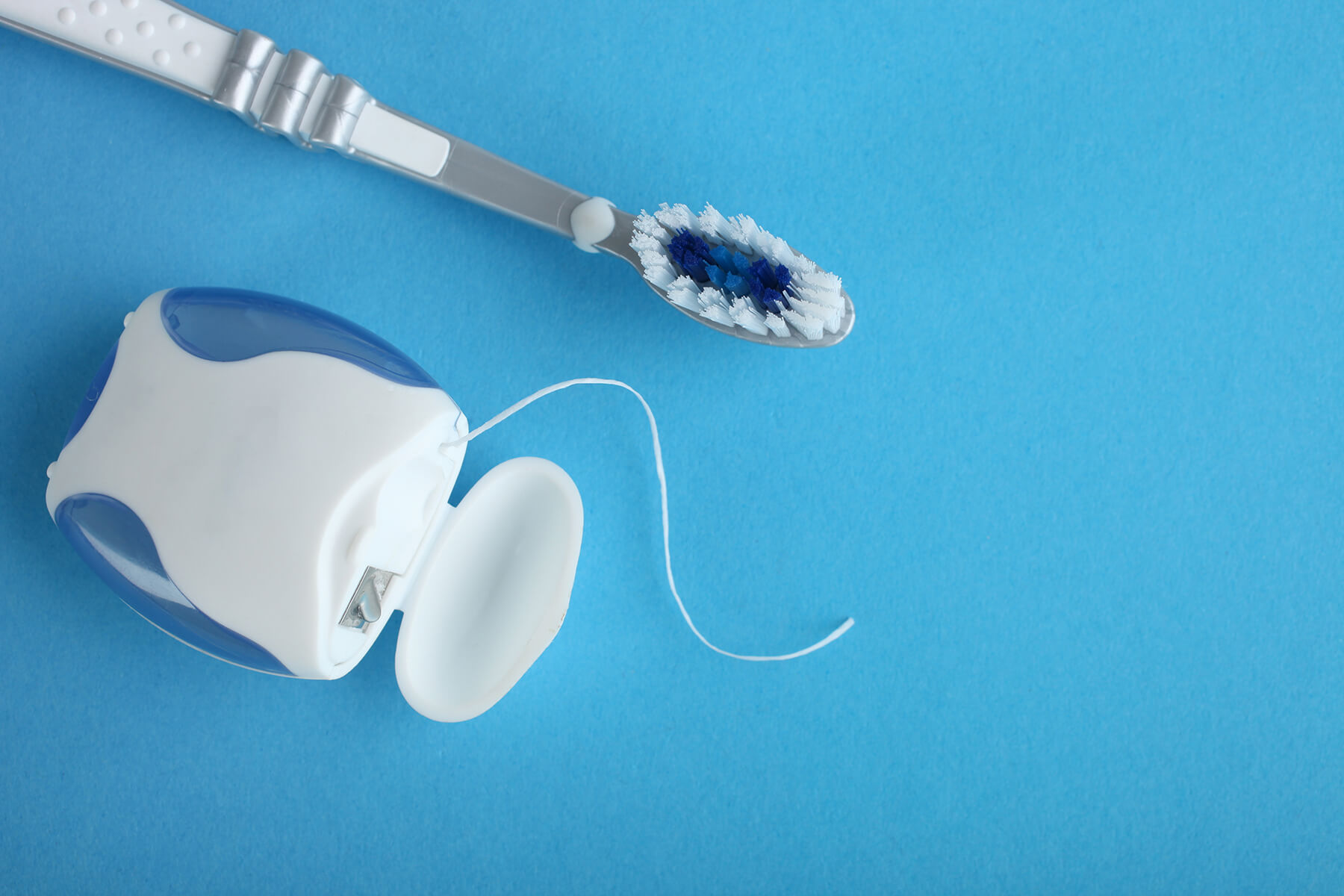Maintaining optimal oral health involves a combination of good practices, but a common debate remains: is brushing or flossing more effective? Both techniques play crucial roles, but understanding their benefits can help you make an informed decision.
Brushing:
Brushing involves using a toothbrush to remove food particles, plaque, and bacteria from the surface of your teeth and gums. It’s an essential practice that helps prevent cavities, gum disease, and bad breath by cleaning the visible areas of your teeth. Dentists recommend brushing at least twice a day with fluoride toothpaste to keep your mouth healthy and clean.
Flossing:
Flossing involves using a thin, flexible thread to clean between your teeth, which a toothbrush can’t reach. This practice helps remove food particles and plaque that can get stuck in these tight spaces, which if left unchecked, can lead to gum disease and cavities. Dentists recommend flossing at least once daily to maintain healthy gums and prevent oral health issues by thoroughly cleaning these hard-to-reach areas.
Brushing vs Flossing: Which Comes First?
Dentists generally recommend flossing first to loosen food particles and plaque, making it easier for brushing to remove them from your mouth then effectively.
Combining both brushing and flossing into your daily oral hygiene routine ensures that you are thoroughly cleaning all areas of your mouth.
While brushing targets the broad surfaces of your teeth, flossing reaches the nooks and crannies in between teeth, where plaque can accumulate.
Together, they work synergistically to prevent cavities and gum disease, promoting overall oral health. Remember, maintaining a consistent routine is key to enjoying the full benefits of these practices.
Benefits of Brushing:
- Prevents Cavities: Brushing helps to remove plaque, a sticky film of bacteria that can cause tooth decay if not removed regularly.
- Reduces Gum Disease: Regular brushing helps prevent gingivitis and periodontitis, which can lead to serious gum disease.
- Freshens Breath: Brushing removes food particles and bacteria that can cause bad breath.
- Removes Surface Stains: Using a toothbrush can help eliminate surface stains on teeth, contributing to a brighter, whiter smile.
- Protects Overall Health: Keeping your mouth clean reduces the risk of infections and other health issues that can stem from poor oral hygiene, such as heart disease and diabetes.
Benefits of Flossing:
Prevents Gum Disease: Flossing removes plaque and food debris from between teeth and along the gum line, where a toothbrush cannot reach, reducing the risk of gingivitis and periodontitis.
Reduces Cavities: By cleaning the tight spaces between teeth, flossing helps prevent cavities in areas that are prone to decay due to trapped food particles and plaque buildup.
Decreases Bad Breath: Flossing eliminates food particles and bacteria from between teeth, which can contribute to halitosis or bad breath.
Improves Overall Oral Hygiene: Regular flossing ensures a more comprehensive clean, contributing to overall dental health and hygiene.
Promotes Healthy Gums: Consistent flossing strengthens gums and can prevent inflammation, swelling, and bleeding, keeping your gums healthy and strong.
Brushing vs. Flossing: Which Is More Effective for Your Oral Health?
Brushing and flossing are both crucial for maintaining optimal oral health.
Brushing prevents cavities and reduces gum disease by cleaning the visible surfaces of your teeth.
Flossing removes plaque and food debris from between teeth, reducing the risk of gum disease and cavities and ensuring a more thorough clean.
Combining both techniques in your daily routine ensures comprehensive dental hygiene. Therefore, neither is more effective; they work best together to promote oral health.
Brushing and Flossing Techniques for a Sparkling Smile
To achieve a sparkling smile, it’s important to use the proper techniques for both brushing and flossing. When brushing, hold your toothbrush at a 45-degree angle to your gums and use gentle, circular motions along each tooth surface for at least two minutes. Be sure to brush the outer, inner, and chewing surfaces of your teeth, as well as your tongue to remove bacteria and freshen your breath.
For flossing, start with about 18 inches of dental floss, winding most of it around one finger on each hand. Gently slide the floss between your teeth using a sawing motion, then curve it into a C shape around each tooth and slide it under the gumline. Move the floss up and down to remove plaque and debris. Remember to use a clean section of floss for each tooth to ensure thorough cleaning.
Combining these techniques daily will help you maintain excellent oral hygiene and keep your smile bright and healthy.
Visit Serenity Dental for Your Oral Health Needs
At Serenity Dental, we are committed to helping you achieve and maintain optimal oral health. Our expert team of general dentists is dedicated to providing personalized care and effective dental solutions, whether you need routine check-ups, professional cleanings, or advanced treatments. If you’re looking for a trusted Beaumont dentist, look no further than Serenity Dental. Book an appointment today to experience exceptional dental care tailored to your unique needs.
Contact us at Serenity Dental to schedule your visit and start your journey to a healthier, brighter smile.

